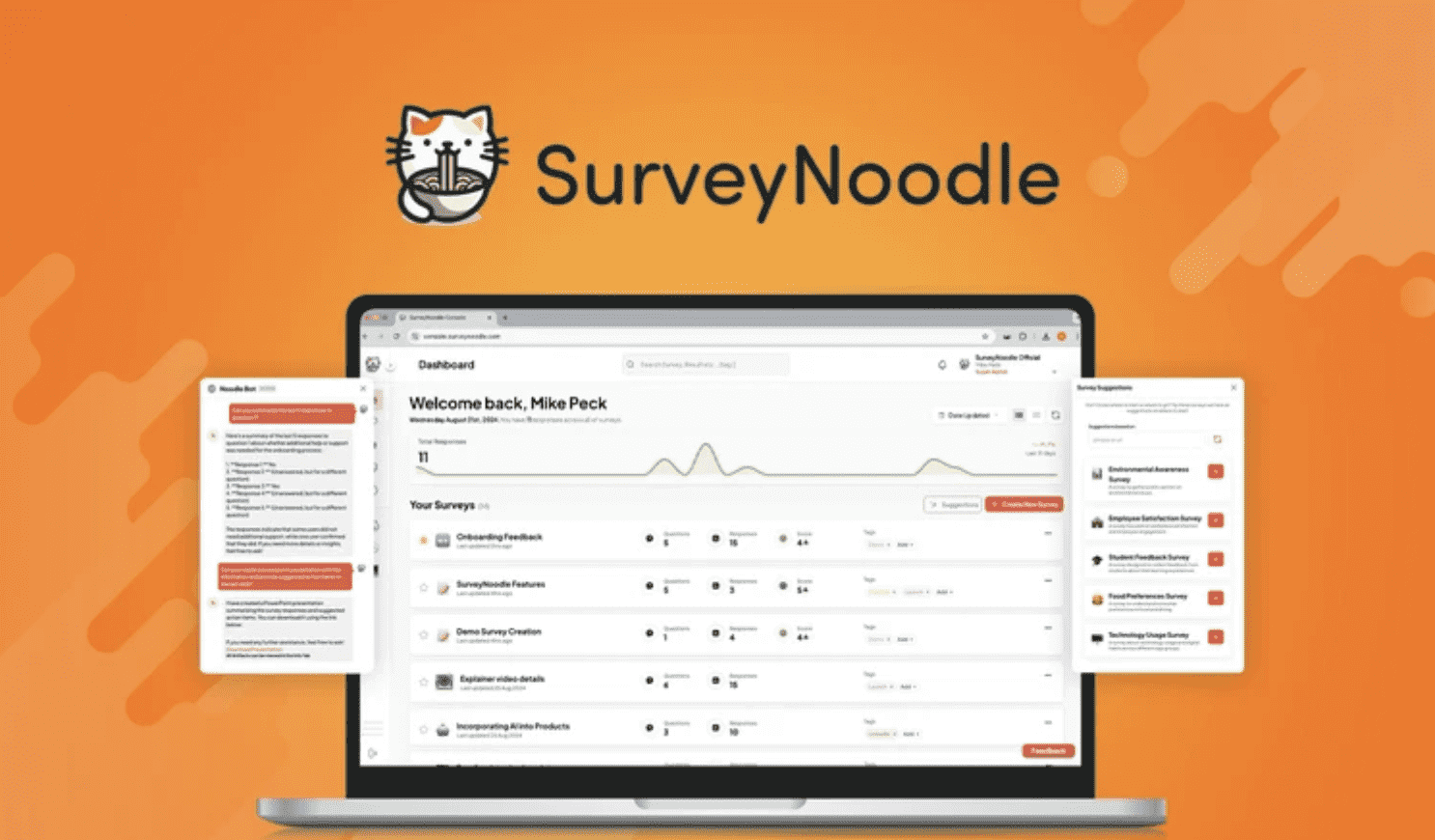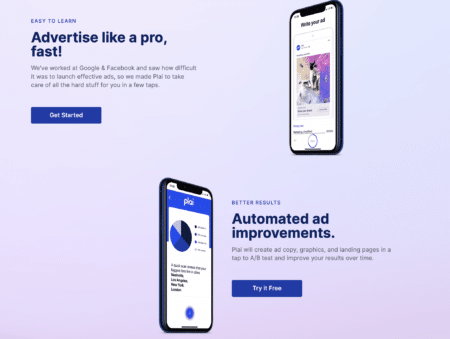If you’re a blogger, you’re probably familiar with Google’s helpful content update. Here’s what you should know about the update and what it means for your blog.
Google has announced a new update to its algorithm, which it says will provide “freshness” for users. The news comes as the search engine looks to improve its service for users, by providing them with the most up-to-date and relevant information from a variety of sources.
This update means that Google will be taking into account the “freshness” of content when determining its ranking in search results. This is a significant change, as previously, the focus was solely on the age of a piece of content.
However, it’s important to note that this update does not mean that all older content will be pushed down in the ranking. Instead, Google will now be looking at a variety of factors to determine which content is most relevant for users.
So, what does this mean for bloggers?
Firstly, it’s important to remember that this update is only one part of Google’s algorithm. There are still many other factors that contribute to your ranking in search results. However, this is a significant change that could have an impact on your blog’s traffic.
if you want to ensure that your blog is providing fresh and relevant content, then you need to make sure you are regularly publishing new posts.
It’s also important to ensure that your posts are well-written and offer value to readers. Remember, Google is looking to provide users with the best possible experience, so if your content is great, you’re more likely to see a boost in your ranking.
How the content update will affect your blog
The Google Content Update is an algorithm change that will be rolled out in the coming weeks. It is designed to promote high-quality content and surface the best content from bloggers in the Google search results. This update will not be a PageRank update, but we expect that it will have a similar effect on the visibility of blogs in the search results.
What you need to do to prepare for the content update
Starting July 1, 2019, a new version of Google’s search algorithm will be rolled out worldwide. The update, which has been named the “June 2019 Core Update” by SEO experts, is the first major algorithm update since the “Medic” update that was released in March 2018.
Although Google has not released any official information about what the update will entail, it is speculated that the core update will focus on content quality.
This means that bloggers who produce high-quality content are likely to see a boost in their search engine rankings, while those who produce low-quality content may see their rankings drop.
If you’re a blogger, there are a few things you can do to prepare for the upcoming content update:
1. Evaluate your current content: Take a close look at your blog posts and assess their quality. Are they well-written? Do they provide value to your readers? If not, consider revising or deleting them.
2. Publish new content: If you feel like your blog could use some fresh content, now is the time to write and publish new posts. Be sure to focus on quality over quantity – a few well-written posts are better than dozens of poorly written ones.
3. Promote your content: Once you’ve published new content, be sure to promote it through social media and other channels. The more eyes you can get on your content, the better chance you have of seeing a boost in your search engine rankings.
How to make sure your blog content is Google-friendly
Recently, Google released an update to its search algorithm that specifically targets blog content. This update, nicknamed “Hummingbird” by Google, is designed to focus on the meaning of queries rather than individual keywords.
In response to this update, we’ve compiled a list of tips to help make sure your blog content is optimized for Google’s new algorithm.
1. Write for your audience first and foremost.
2. Make sure your content is well-researched and well-written.
3. Use keyword-rich titles and descriptions to help Google understand what your content is about.
4. Promote your content through social media and other channels.
5. Regularly update your content to keep it fresh and relevant.
6. Monitor your traffic and search rankings to gauge the success of your optimization efforts.
What to do if your blog content is not Google-friendly
-Check for duplicate content: If you have multiple pages on your site with very similar content, this could be an issue. Use a tool like Copyscape to check for duplicate content and make sure that all of your pages are unique.
-Audit your site’s mobile-friendliness: Make sure that your site is designed to be easily accessible from mobile devices. You can check your site’s mobile-friendliness with Google’s free Mobile Friendly test.
-Optimize your images: Large, unoptimized images can slow down your site and hurt your SEO. Make sure that all of the images on your site are compressed and properly sized.
-Add alt text to your images: In addition to optimizing your images, you should also add alt text to them. Alt text is a short description of an image that is used by search engines to understand what an image is about.
-Use keyword-rich titles and descriptions: When you create a new blog post, be sure to include a title and description that include relevant keywords for your topic. This will help Google understand what your post is about and index it accordingly.
How to make your blog more Google-friendly
Whether you’re a casual blogger or a professional one, there are some key things you can do to make your blog more Google-friendly. Keep in mind that Google’s algorithm is constantly changing, so what works today might not work tomorrow.
However, if you focus on creating high-quality content and promoting it effectively, you should be in good shape.
Here are some specific things you can do to make your blog more Google-friendly:
1. Use keyword-rich titles and descriptions.
This will help Google (and other search engines) index your blog posts more effectively and help people find your content when they search for relevant keywords.
2. Optimize your images.
Make sure to include relevant keywords in your image file names and fill out the ALT text field with a brief, keyword-rich description of each image.
3. Structure your posts using headlines and subheadings.
Not only does this make your content easier to read, but it also helps Google understand the main points of each post.
4. Link to other related articles on your blog.
Internal linking helps Google index your site more effectively and can also help improve your site’s PageRank. Just be sure to use relevant keywords when linking to other articles on your blog.
Mention popular bloggers or websites in your industry when relevant.
This can help get their attention and may result in them linking to your blog post from their own site (which would obviously be awesome).
Just be sure not to overdo it – a few well-placed mentions should suffice. Share each new post on social media sites like Twitter, Facebook, and LinkedIn.
This will help get the word out about your latest article and may result in social media users sharing it with their followers (which could lead to even more traffic).
What other bloggers are saying about the content update
Since Google’s announcement about the content update, many bloggers have been wondering what it means for their blog. Here is a roundup of what other bloggers are saying about the content update:
“Google’s latest announcement is a game changer for bloggers. No longer do we have to rely on guesswork to determine what content will rank high in search results. We can now focus on creating helpful, informative content that Google will reward with higher rankings.” -Amy Lynn Andrews, amylynnandrews.com
“This is a huge relief! I was worried that my blog would take a hit in the search rankings because my posts are not always ‘evergreen’content. But now I know that as long as my posts are helpful and informative, they will still be ranked high.” -Darren Rowse, problogger.net
“Bloggers should be encouraged by this news from Google. It shows that they are committed to returning quality results to searchers. We should all continue to create helpful, informative content and Google will continue to reward us with high rankings.” -Rachel Thompson, rachel-thompson.com
How to make the most of the content update
If you’re a blogger, you may have noticed that your traffic from Google has been declining. In fact, all bloggers seem to be affected by this traffic drop, which is being called the “Google content update.”
The good news is that there are things you can do to mitigate the effects of the update and maintain or even improve your traffic from Google. Here are some tips:
-Focus on quality: This should be a no-brainer, but it’s worth repeating. The better your content is, the more likely it is to rank well in Google. Make sure your posts are well-written, informative, and accurate.
-Be comprehensive: Google likes in-depth content that covers all aspects of a topic. If you can write longer posts that thoroughly explore a topic, you’ll likely see an improvement in your traffic.
-Use structure: Breaking your content up into sections with headlines makes it easier to read and more likely to rank well in Google. Be sure to use proper formatting (H1 for titles, H2 for subheads) so that Google can easily understand the structure of your post.
-Include images: Adding images to your posts can make them more visually appealing and help break up text. Just be sure to include alt text so that Google can index the images for search.
-Promote your content: Just because you publish a post doesn’t mean people will automatically see it. Be sure to promote your content on social media and other channels to get as much exposure as possible.
What to do if the content update doesn’t work for your blog
If you’ve been having trouble with your blog since the Google Content Update happened, don’t worry, you’re not alone.
Here are some things you can try to get things back to normal:
-First, try resetting your template. This will sometimes fix issues that are caused by code conflicts.
-If that doesn’t work, try switching to a different template.
-If you’re still having trouble, contact Google support for help.
What’s next for Google and blogging
As we continue our work to improve the quality of information on the web, we’ve made some updates to how content from blogs and other websites show up in search.
We’ve heard from people that they’d like to see better-written, more comprehensive and informative results, so we’ve made some changes to our algorithms to place a greater emphasis on those factors.







![SaaS Lifetime Deals: Which Platform & Are They Worth the Investment [In 2025]? AppSumo Saas Lifetime deals](https://eebfoenrqrf.exactdn.com/wp-content/uploads/2023/08/AppSumo-Saas-Lifetime-deals-450x261.png?lossy=1&ssl=1)

![Best SaaS Sales | Everything You Need to Know in 2025 Best SaaS Sales in [current_year].](https://eebfoenrqrf.exactdn.com/wp-content/uploads/2022/12/SAAS-SALES-450x253.png?lossy=1&ssl=1)